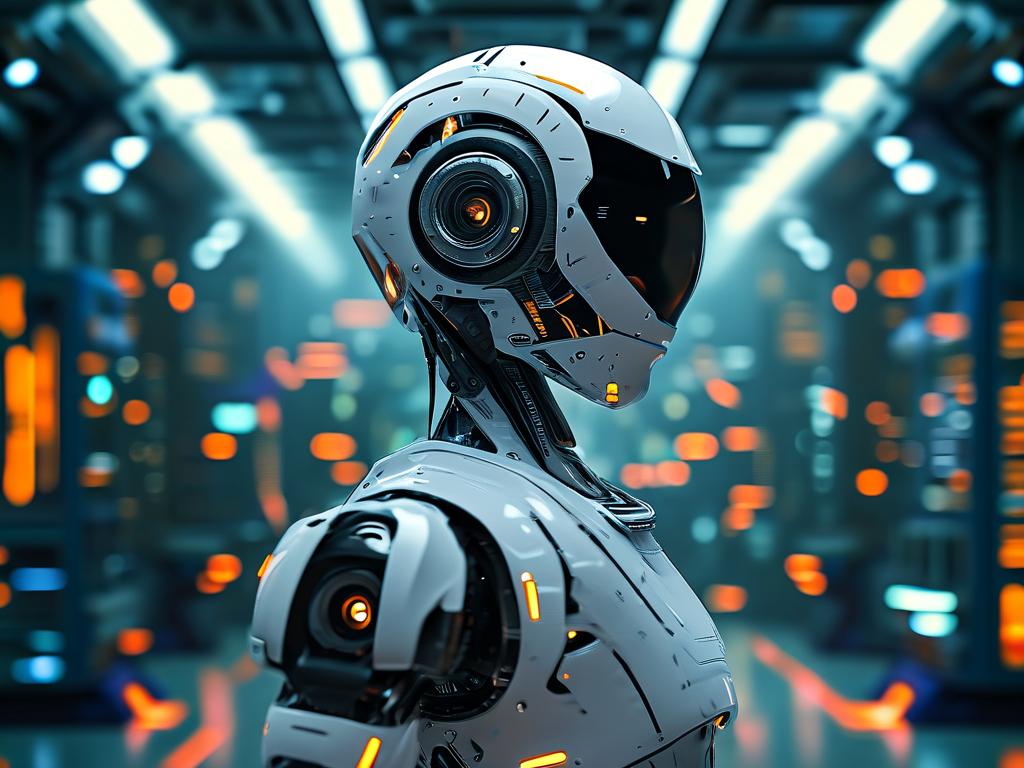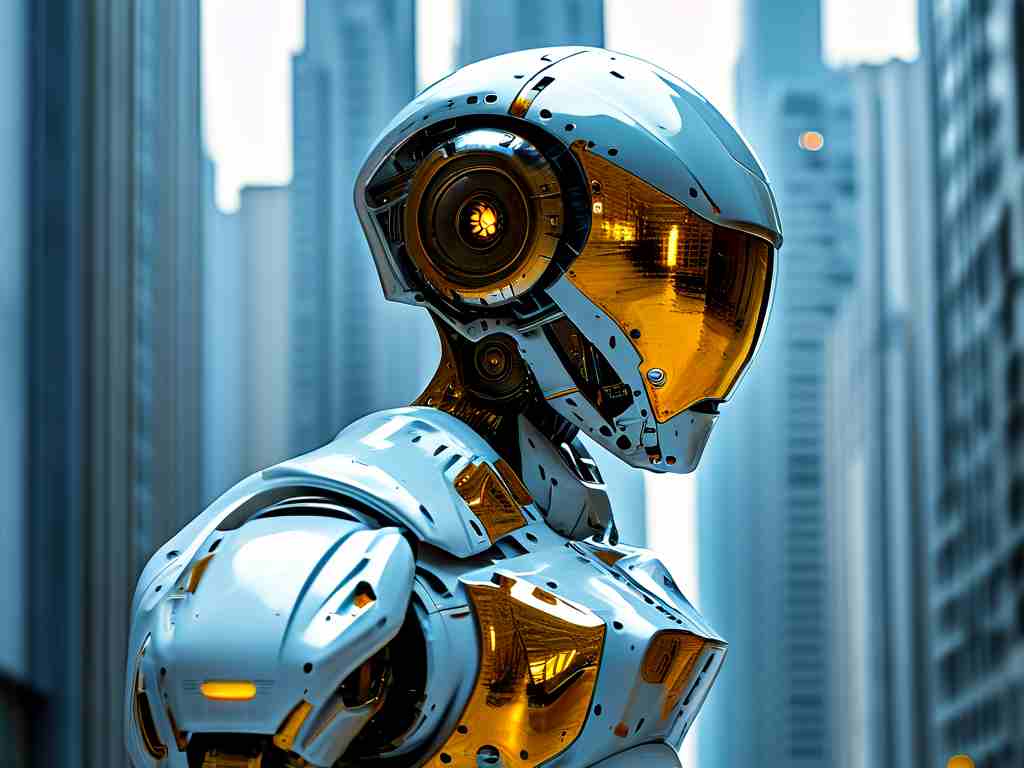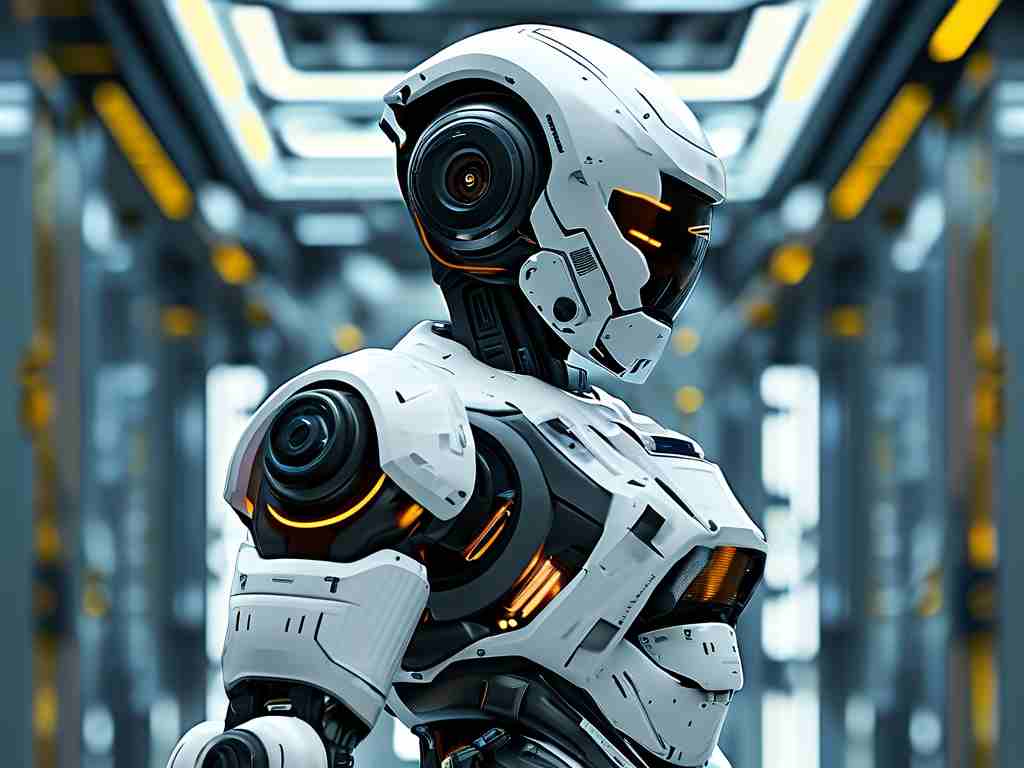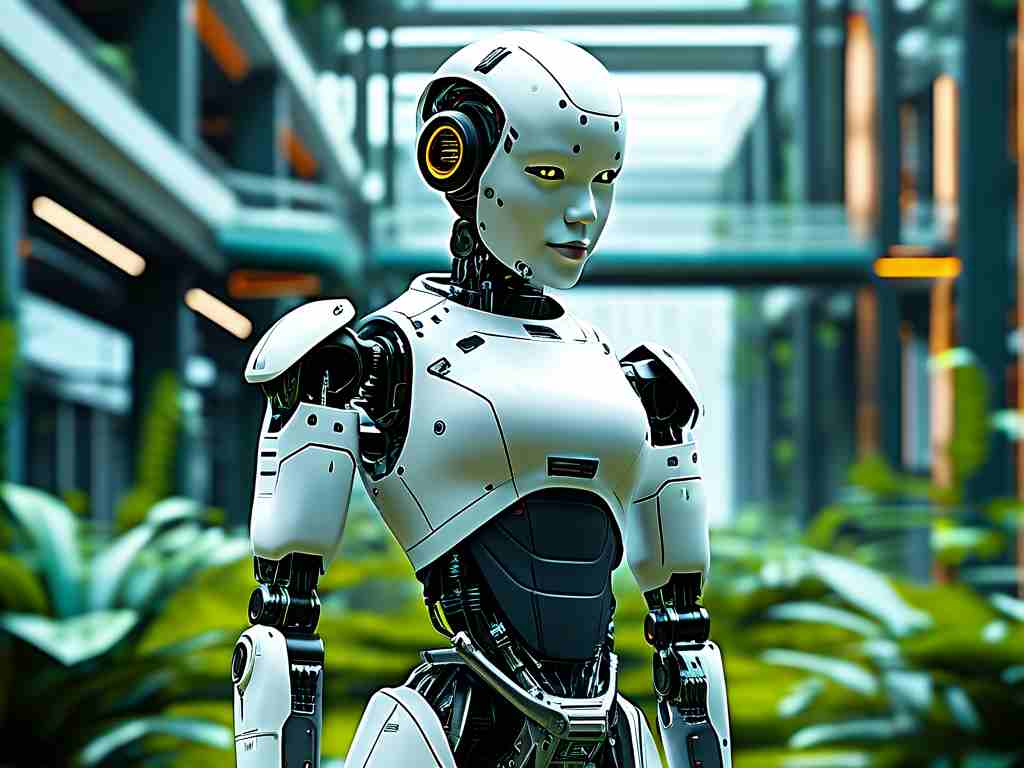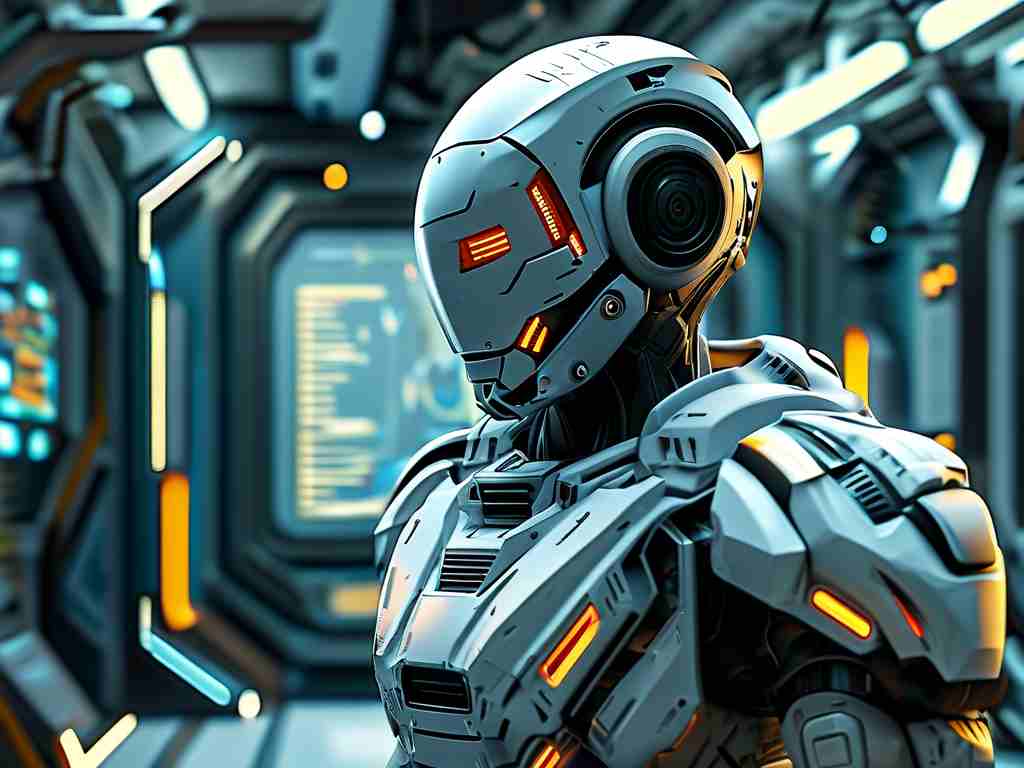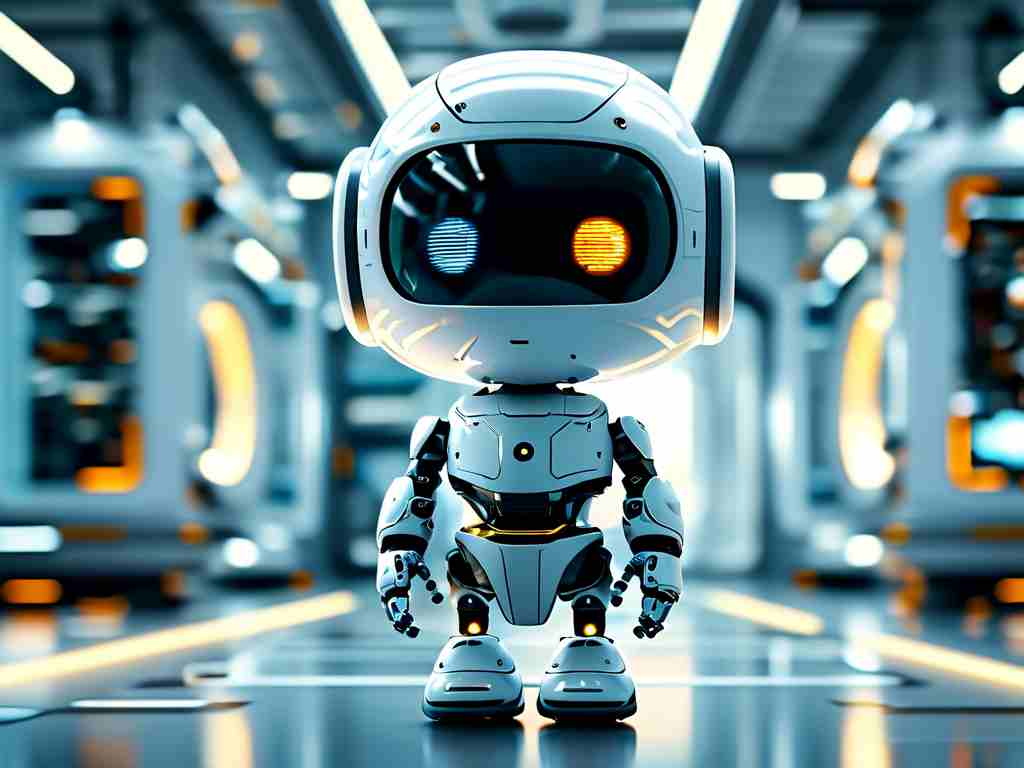The rapid evolution of robotic equipment technology has revolutionized industries ranging from manufacturing to healthcare. By integrating cutting-edge hardware and intelligent software systems, modern robotic devices now perform tasks with unprecedented precision and adaptability. This article explores the core components, applications, and future trajectories of this transformative field.
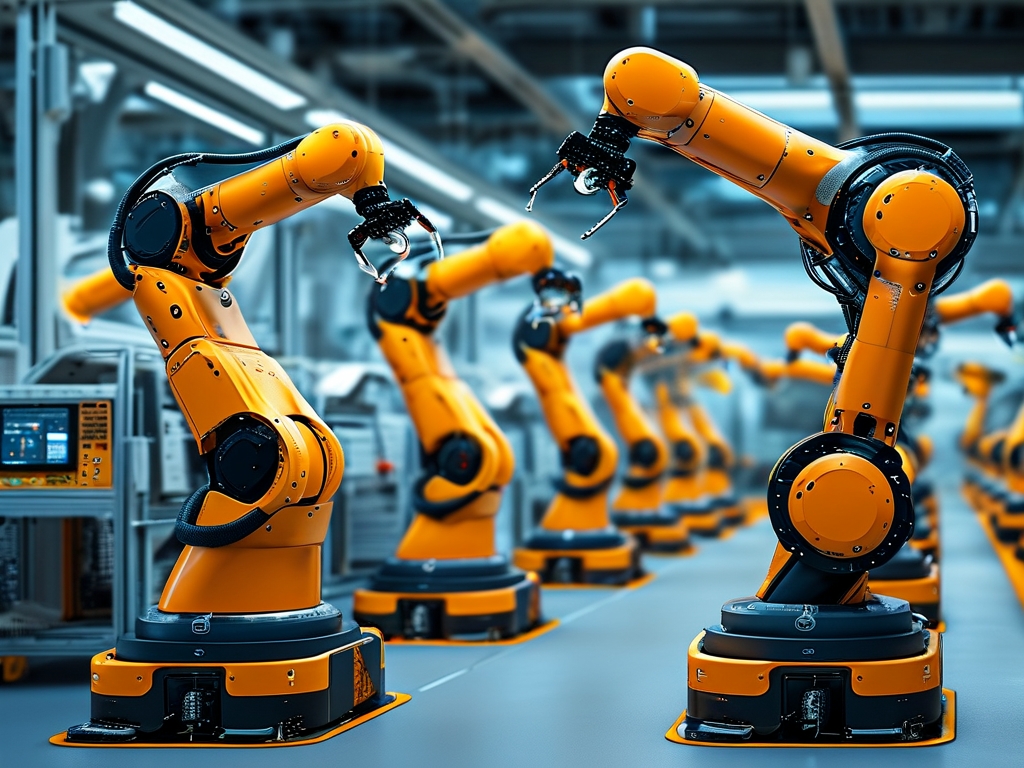
Core Components of Robotic Systems
At the heart of robotic equipment lies a synergy of mechanical engineering, sensor technology, and artificial intelligence. High-torque servo motors enable precise limb movements, while LiDAR and 3D vision systems provide spatial awareness comparable to human perception. Embedded controllers powered by neural networks process real-time data streams exceeding 1,000 inputs per second, allowing split-second decision-making in dynamic environments.
Industrial robotic arms exemplify this integration, combining carbon-fiber actuators with force-feedback systems to handle delicate semiconductor components. In medical settings, surgical robots utilize tremor-filtering mechanisms and sub-millimeter positioning accuracy, achieving outcomes beyond human physical capabilities.
Cross-Industry Applications
Manufacturing sectors have seen 40% productivity gains through collaborative robots (cobots) that work alongside human operators. These systems employ capacitive skin sensors and torque-limiting joints to ensure safe interaction. Automotive assembly lines now deploy mobile manipulators that automatically adjust welding patterns based on real-time vehicle scanning.
Agricultural robotics presents another frontier, with autonomous harvesters using multispectral imaging to identify ripe produce. A strawberry-picking robot developed in the Netherlands demonstrates 98% selection accuracy while reducing crop damage by 75% compared to manual harvesting. Underwater exploration robots similarly benefit from pressure-resistant housings and adaptive propulsion systems, enabling deep-sea pipeline inspections at depths exceeding 3,000 meters.
Emerging Technological Frontiers
The fusion of robotics with edge computing marks a significant leap forward. Self-optimizing robotic systems now perform local data processing through onboard FPGAs (Field-Programmable Gate Arrays), reducing cloud dependency and latency. A recent prototype warehouse robot demonstrated the ability to reconfigure its gripper mechanics autonomously when encountering unexpected package shapes, completing tasks 30% faster than previous models.
Energy efficiency has become a critical focus area. Hybrid power systems combining solid-state batteries with supercapacitors now enable 18-hour continuous operation for service robots. Researchers at MIT recently unveiled a quadruped robot that recovers 15% of its energy through regenerative braking during locomotion.
Ethical and Regulatory Considerations
As robotic systems assume more critical roles, cybersecurity protocols have gained prominence. The latest industrial robots implement quantum-resistant encryption for control signals and employ blockchain-based firmware verification. Meanwhile, international standards bodies are developing certification frameworks for autonomous decision-making algorithms, particularly in medical and transportation applications.
Workforce adaptation remains a key societal challenge. The World Economic Forum estimates that 50 million new roles in robot maintenance and programming will emerge by 2030, requiring substantial vocational training initiatives. Countries like Singapore and Germany have launched national robotics upskilling programs, blending virtual reality simulations with hands-on equipment training.
Future Development Pathways
Next-generation robotic systems are exploring bio-hybrid designs, incorporating organic materials for enhanced environmental interaction. A University of Tokyo project successfully integrated muscle tissue with robotic skeletons, creating self-repairing actuators. Space robotics represents another growth area, with NASA's Astrobee system demonstrating autonomous satellite repair capabilities aboard the International Space Station.
The convergence of 6G networks and swarm robotics promises to enable coordinated multi-agent systems at unprecedented scales. Experimental drone swarms have already demonstrated collaborative disaster response capabilities, including real-time terrain mapping and targeted payload delivery.
As these technologies mature, their societal impact will depend on balanced innovation policies and cross-disciplinary collaboration. From precision agriculture to personalized healthcare, robotic equipment continues to redefine the boundaries of what machines can achieve, heralding a new era of human-machine partnership.


